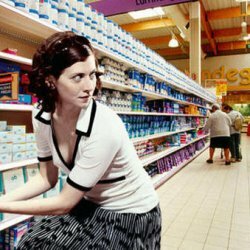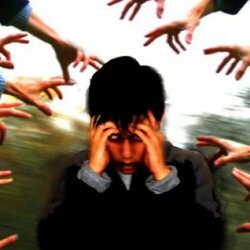Abuse of phenylpropanolamine
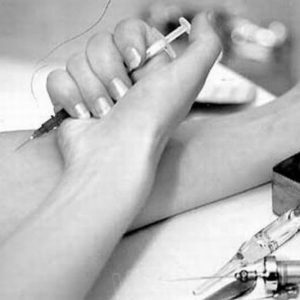 Every year there are some new types of addiction, because dependent people adapt to synthesize narcotic substances from everywhere.For example, not so long ago, approximately at the beginning of the 21st century, there was a phenylpropanolamine drug addiction. Phenylpropanolamine is a substance that is part of some combined anti-cold medications.It turned out that this substance is capable of causing a narcotic effect.
Every year there are some new types of addiction, because dependent people adapt to synthesize narcotic substances from everywhere.For example, not so long ago, approximately at the beginning of the 21st century, there was a phenylpropanolamine drug addiction. Phenylpropanolamine is a substance that is part of some combined anti-cold medications.It turned out that this substance is capable of causing a narcotic effect.
Features of phenylpropanolamine dependence
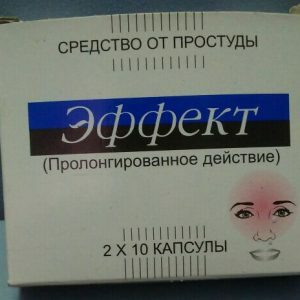 Phenylpropanolamine is an alpha-adrenomimetic that acts as a vasoconstrictor.Narrowing of blood vessels helps to reduce edema and decrease the production of mucous secretions.That is why phenylpropanolamine is added to some anti-cold agents, it helps to eliminate the common cold. Phenylpropanolamine contain such preparations as "Koldact", "Koldar", and also "Effect".
Phenylpropanolamine is an alpha-adrenomimetic that acts as a vasoconstrictor.Narrowing of blood vessels helps to reduce edema and decrease the production of mucous secretions.That is why phenylpropanolamine is added to some anti-cold agents, it helps to eliminate the common cold. Phenylpropanolamine contain such preparations as "Koldact", "Koldar", and also "Effect".
Important! In Russia Phenylpropanolamine is on Schedule IV of the List of Narcotic and Psychotropic Substances.
As shown by experimental data, phenylpropanolamine alone does not cause dependence development.However, with its simple treatment addicts synthesize another substance - cathinone, which also exerts narcotic effect of .Such a cathinon drug, synthesized by handicraft, was called "mulka".Phenylpropanolamine addiction is common among adolescents.As a rule, the drug is prepared and consumed in small companies.
Symptoms of phenylpropanolamine addiction
 Catinon causes narcotic intoxication, similar to ephedrine.But cathinon in terms of the severity of the narcotic effect, as well as its duration is significantly inferior to the ephedra .Cationic intoxication is manifested by the psychostimulating effect of .However, unlike ephedrine intoxication, there is no increase in motor and sexual activity.
Catinon causes narcotic intoxication, similar to ephedrine.But cathinon in terms of the severity of the narcotic effect, as well as its duration is significantly inferior to the ephedra .Cationic intoxication is manifested by the psychostimulating effect of .However, unlike ephedrine intoxication, there is no increase in motor and sexual activity.
Cathinon intoxication takes place in two phases.The first phase is the period of the "arrival", and it lasts for beginning drug addicts about three to six minutes.Intoxication occurs quickly: already during the introduction of the "mule" or immediately after the injection.As narcomaniacs describe, in this phase a warm wave is rolled over the body, sensations of lightness and weightlessness appear.There are feelings of bliss and joy.The patient closes his eyes and focuses entirely on the pleasant feelings that have arisen.It is characteristic that after the "arrival" phase, the feeling of buzz does not develop.
The second phase manifests itself as a psychostimulating action.The dependent feels how his mood has improved, as if a lot of energy and strength has come.A lot of "interesting" ideas and thoughts arise in my head, which I definitely want to tell about.But at the same time such conversations are sluggish and insipid .As a rule, in cathinon intoxication, patients are quite passive.They watch TV, listen to music, smoke or prepare new portions of the drug .In novice drug addicts, this phase lasts about five to six hours.
Signs of cathinon intoxication are:
- Pale, hypomymic face, dry lips;
- Glass eyes, sluggish reaction of pupils to light;
- Impaired coordination, hand tremor;
- Increased heart rate;
- Increased blood pressure.
At the end of the narcotic effect of cathinon, weakness, drowsiness and depression occur.
At the stage of "initiation" to the drug, a person enters "mulk" twice or thrice a day.After three to four weeks of constant use, as the addiction develops, the narcotic effect becomes less pronounced and short-lived.This encourages the patient to inject the drug more often, namely up to four times a day.
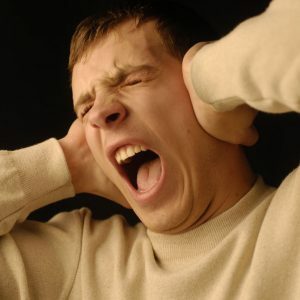 Already after 1.5-2 months of daily use, the patient develops a withdrawal syndrome . If a drug addict fails to take a drug in the morning, he has sweating, excessive salivation, insomnia, depressive mood, breaking pains throughout the body of .These unpleasant symptoms encourage a person to take another dose.So a certain charging circle is formed, when the patient needs to take the drug in order to get rid of uncomfortable sensations.And to break this vicious circle it is possible only having addressed to the expert in narcology behind treatment.
Already after 1.5-2 months of daily use, the patient develops a withdrawal syndrome . If a drug addict fails to take a drug in the morning, he has sweating, excessive salivation, insomnia, depressive mood, breaking pains throughout the body of .These unpleasant symptoms encourage a person to take another dose.So a certain charging circle is formed, when the patient needs to take the drug in order to get rid of uncomfortable sensations.And to break this vicious circle it is possible only having addressed to the expert in narcology behind treatment.
enyl propanolamine addiction
 Extremely quickly, after two to three months of constant use of the "mule" neurological disorders caused by toxic damage to the nervous system are formed.Disorders are manifested in discoordination, gait unsteadiness, speech disorder.There are signs of toxic encephalopathy.
Extremely quickly, after two to three months of constant use of the "mule" neurological disorders caused by toxic damage to the nervous system are formed.Disorders are manifested in discoordination, gait unsteadiness, speech disorder.There are signs of toxic encephalopathy.
The psychic sphere of a person suffers as well.A loyal companion becomes weakness, weakness.There is a decrease in intelligence, memory, a person becomes inactive.Patients are uncritical to themselves, do not recognize themselves as sick.
The use of phenylpropanolamine leads to the development of myocardial dystrophy.The drug causes a violation of the heart rate, which can lead to death.
Treatment of dependence
For the control of f , the enyl propanolamine dependence of the patient is placed in a narcological dispensary. The first stage of treatment is to cleanse the body of harmful substances - detoxification.Restorative and restorative treatment is also performed.
Only medical treatment is not enough.To eliminate mental dependence, the patient is shown psychotherapy, optimally - in a rehabilitation center.
Grigorova Valeria, medical reviewer

